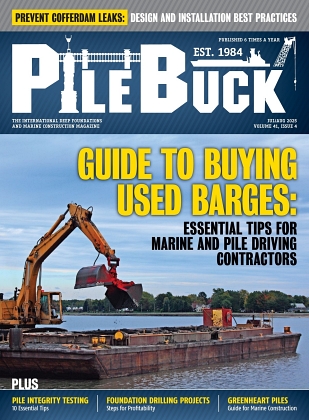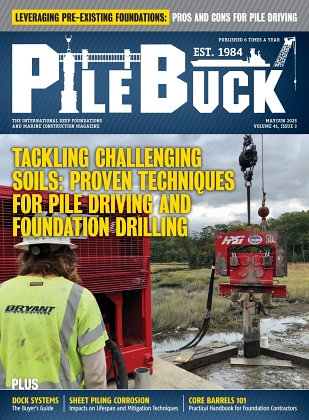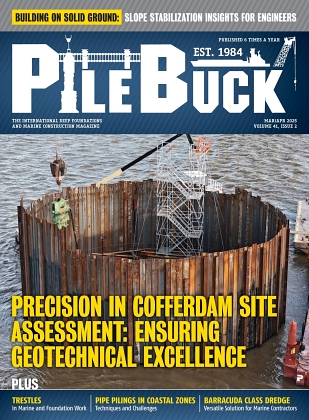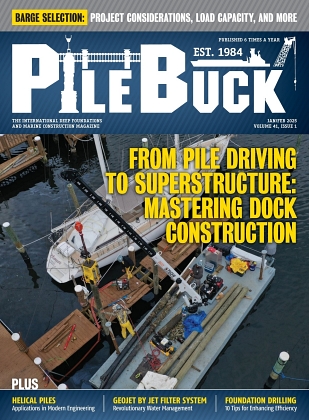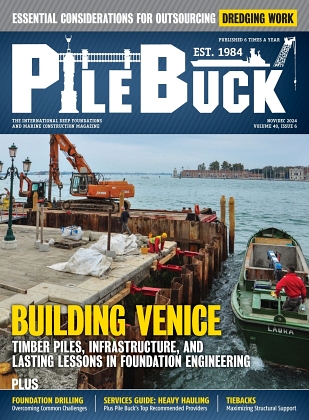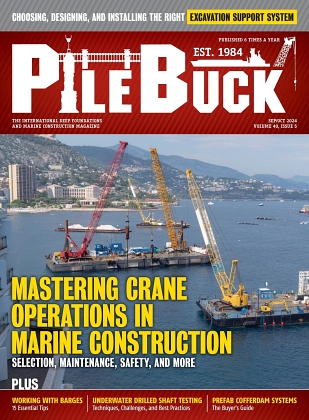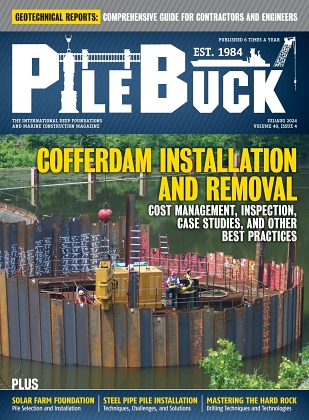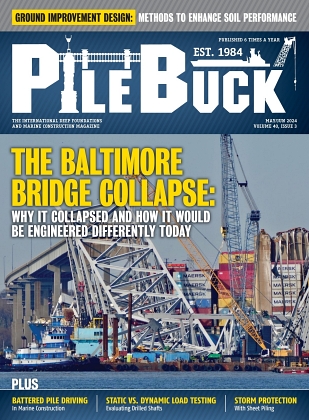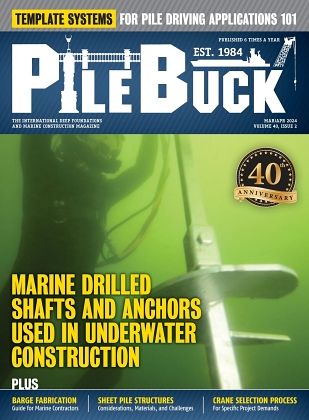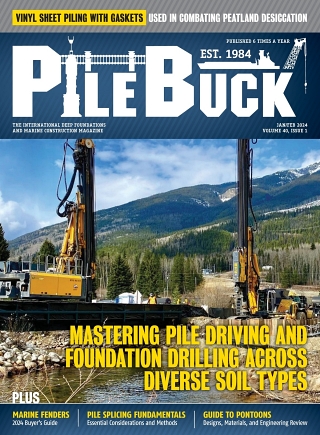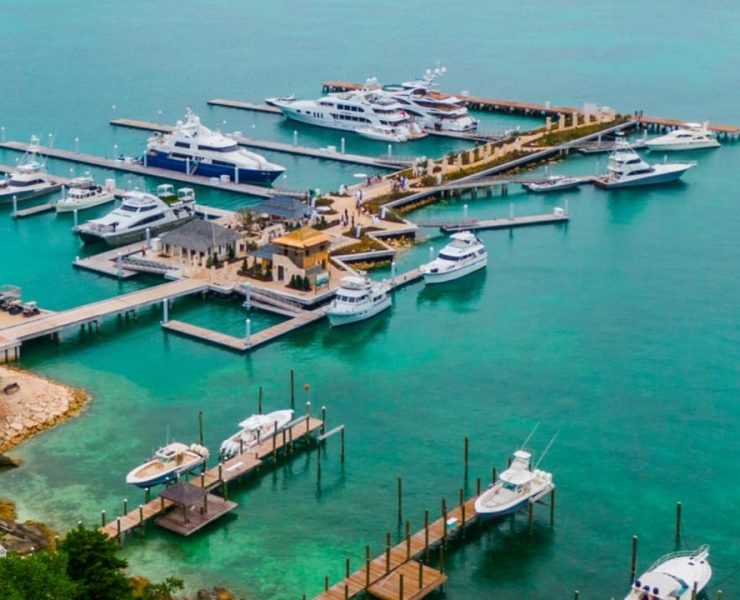Geopolymer Mortars: Revolutionizing Foundation Repairs in Marine Environments
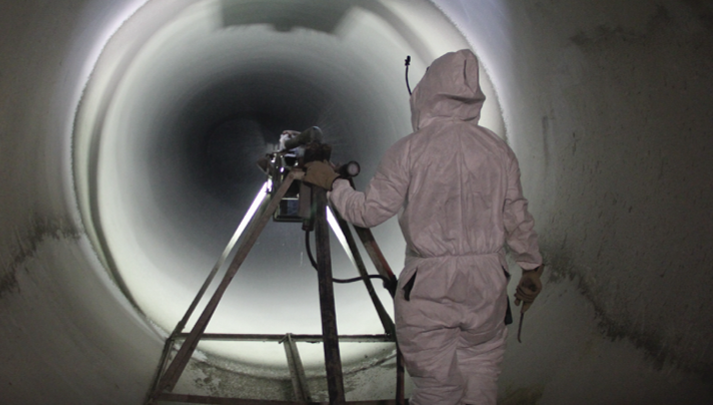

Marine structures experience some of the most persistent and aggressive forms of deterioration found in the built environment. Constant exposure to saltwater, wave action, tidal changes, and corrosion mechanisms can compromise the stability of foundations long before their intended service life. As repair technologies evolve, geopolymer mortars have emerged as a promising alternative to conventional cement based systems. Their durability, reduced permeability, and resistance to chloride intrusion make them especially suitable for coastal and offshore foundation repairs. When integrated within broader engineered solutions designed for long term asset protection, geopolymer mortars help operators protect vital infrastructure in harsh conditions.
Understanding Geopolymer Mortars
Chemistry Behind the Material
Geopolymer mortars are formed by activating aluminosilicate materials with alkaline solutions. The chemical reaction produces a dense three dimensional network of aluminosilicate bonds that behaves differently from the hydration products of Portland cement. Research shows that this network results in lower porosity and improved resistance to chloride penetration compared with traditional mortars, which is a key reason for the growing interest in marine repair applications.
The reaction chemistry also offers environmental benefits by allowing the use of supplementary materials such as fly ash or slag. Studies indicate that geopolymer binders typically generate significantly lower carbon emissions during production compared with ordinary Portland cement. This makes them attractive for repair projects where sustainability considerations play a growing role in material selection.
Mechanical and Physical Properties
Laboratory research continues to demonstrate that geopolymer mortars can achieve high compressive strength, good bond performance, and improved resistance to chemicals commonly found in seawater. Their dense structure helps limit water absorption, and the absence of calcium hydroxide reduces vulnerability to chloride induced breakdown. Publications examining marine curing environments have shown that some geopolymer formulations can strengthen over time when exposed to saltwater, providing additional assurance in coastal applications.
These attributes align well with the goals of teams working to improve or extend foundation performance using modern infrastructure rehabilitation approaches that focus on long term durability.
Challenges of Marine Foundation Repair
Constant Environmental Pressures
Foundations in marine zones face deterioration from multiple directions. Wave impact introduces abrasion. Chloride ions migrate into exposed concrete and cause reinforcement corrosion. Tidal cycles allow repeated wetting and drying, accelerating breakdown along splash zones. Sulphate ions further weaken cement based materials. Temperature changes and salt crystallization intensify surface cracking. These combined effects slowly reduce bond integrity and compromise load bearing components.
Structural and Operational Demands
Marine infrastructure assets often support high consequence operations involving shipping, energy transfer, water transport, and coastal protection. Their foundations must maintain strength throughout decades of exposure. Any repair solution must therefore deliver both chemical durability and mechanical resilience across long service intervals. This is where specialized materials like geopolymer mortars become valuable tools in the modern engineer’s repair portfolio, especially when paired with structural reinforcement solutions that help stabilize weakened sections.
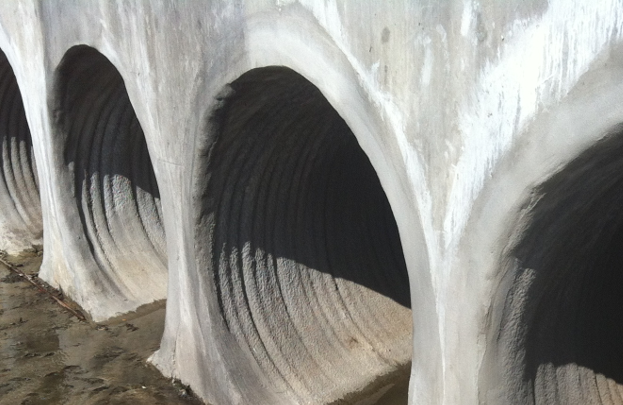
Why Geopolymer Mortars Excel in Marine Applications
Lower Permeability and Chloride Resistance
One of the reasons geopolymer mortars work well in marine environments is their resistance to chloride ingress. Chlorides are responsible for initiating corrosion of embedded reinforcement, which is often the root cause of structural failure in coastal foundations. Independent studies have consistently reported that geopolymer binders exhibit lower permeability compared with traditional cement based mixes. This reduced permeability slows the advance of chloride ions and protects reinforcing steel from early corrosion.
This advantage aligns with the broader move toward advanced infrastructure materials used to extend the service life of aging assets.
Durability Under Aggressive Exposure
Geopolymer mortars also show strong resistance to sulphate attack, acid exposure, and cyclic wetting conditions that frequently damage standard cementitious repairs. Their stable aluminosilicate matrix remains less reactive to seawater compounds, which helps maintain the integrity of the repair over time. Studies examining marine cured geopolymer concretes have noted continued strength development, reinforcing confidence in their long term performance.
Environmental and Lifecycle Advantages
Because geopolymer systems can utilize industrial byproducts and produce lower carbon emissions, they offer sustainability benefits that appeal to asset owners and regulatory bodies. Marine repairs are often expensive and logistically challenging, so extending the interval between repairs yields significant lifecycle savings. When incorporated within comprehensive sustainable infrastructure technologies, geopolymer mortars can help reduce both material impact and long term maintenance costs.
Rapid Strength Development
Some geopolymer formulations gain strength quickly, allowing earlier load application or faster return to service. This is critical for piers, wharfs, seawalls, and other structures that cannot remain offline for long periods. Faster curing allows project teams to minimize disruption while still achieving reliable long term performance.
Practical Considerations for Marine Repair Teams
Substrate Preparation and Compatibility
Proper adhesion is essential when repairing concrete foundations in tidal zones. Surface preparation must address contamination, marine growth, and deterioration. Geopolymer mortars require compatibility between the substrate and binder chemistry, so engineers typically evaluate pH conditions, moisture levels, and reinforcement exposure before installation.
Where reinforcement corrosion is advanced, pairing the repair with corrosion resistant repair systems can help stabilize foundation elements and prevent further degradation.
Mix Design and Placement
Geopolymer mixes rely on balanced activator ratios and controlled reaction conditions. Some formulations require specific curing temperatures, while others are engineered for ambient curing. In tidal environments where moisture and temperature vary, selecting a mix optimized for field conditions is essential.
Limited Long Term Codes
Although research is growing, design standards for geopolymer marine repairs remain less comprehensive than those for cement based systems. This means engineering teams often rely on peer reviewed research, site conditions, and experience to specify the most suitable geopolymer solution. Complementing the repair with marine infrastructure solutions strengthens overall reliability.
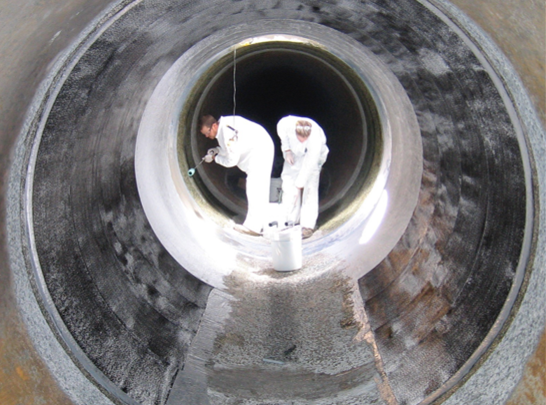
Example of Geopolymer Mortar Application
A coastal foundation suffering from chloride induced corrosion may require removal of deteriorated concrete around reinforcement. After cleaning the steel and preparing the substrate, a geopolymer mortar is applied to restore cover and reprofile the foundation. The repair benefits from improved resistance to chloride penetration and reduced permeability. When paired with compatible concrete rehabilitation materials, the system restores structural integrity and protects against future deterioration.
Marine environments present one of the most aggressive settings for concrete foundations. Geopolymer mortars represent a significant advancement in material technology by offering lower permeability, reduced chloride penetration, strong chemical resistance, and sustainability benefits. When incorporated alongside comprehensive infrastructure strengthening methods, they help extend asset life and improve the resilience of critical coastal structures.
As marine infrastructure continues to age and environmental pressures intensify, the role of geopolymer mortar within modern foundation rehabilitation strategies will only grow. By embracing materials engineered for long term durability, operators can ensure their assets remain safe, functional, and dependable for decades of continued service.


